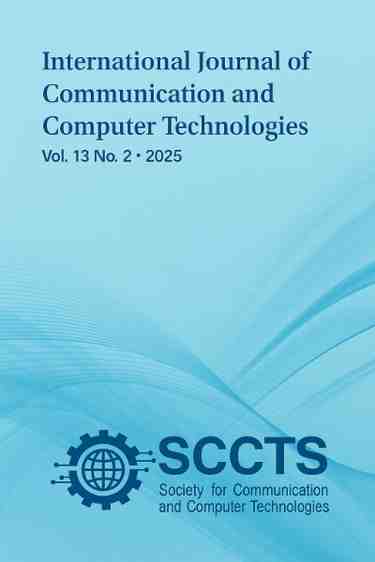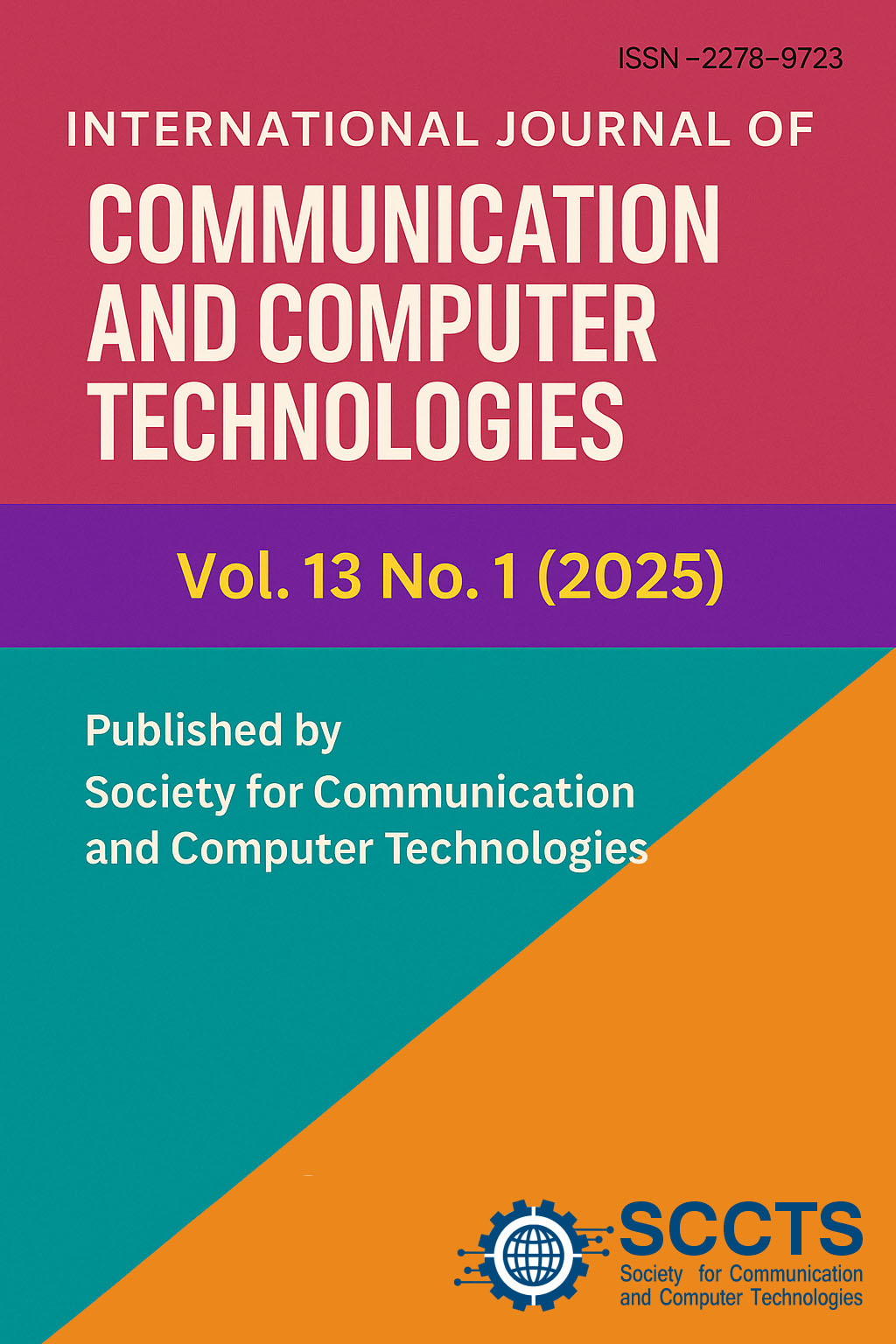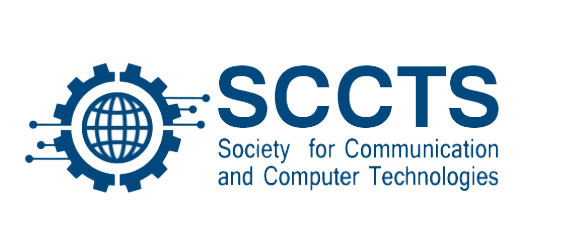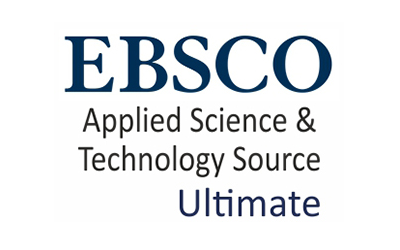Performance Evaluation of SSL/TLS Handshake Latency in Distributed Web Service Architectures
Keywords:
SSL/TLS, handshake latency, web performance, TLS 1.3, QUIC, session resumption, secure communication.Abstract
With encrypted communication becoming widespread in the Internet, the performance of the SSL/TLS handshakes has become critical to ensuring the fast and secure web experience. This paper is a detailed analysis of handshake latency between distributed web service systems with modern transport protocols (HTTP/2 and QUIC) with particular references to the choice of cryptographic algorithms, key exchange, as well as key resumption. Tests were conducted on 100 globally spread cloud servers and handshake behaviour was tested in different key exchange cryptography, such as RSA-2048, ECDHE-RSA, and ECDHE-ECDSA. As it has been found, TLS 1.3 leads to a shorter handshake latency than TLS 1.2 by about 35 percent, mainly because of its more streamlined handshake structure and fewer round trips. Also, session ticket reuse and 0-RTT handshakes obtained sub-30 ms negotiation times, which proves that they are economical in applications with a high latency concern and edge-based content delivery. The paper discusses the trade-off between the robustness of security and latency efficiency and presents optimization strategies in the case of distributed systems that trade-off between cryptographic overhead, handshake resumption and global deployment complexity.
Downloads
Published
How to Cite
Issue
Section
License
Copyright (c) 2025 International Journal of communication and computer Technologies

This work is licensed under a Creative Commons Attribution-NonCommercial-ShareAlike 4.0 International License.





 The articles in Worldwide Medicine are open access articles licensed under the terms of the
The articles in Worldwide Medicine are open access articles licensed under the terms of the 